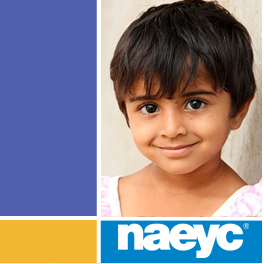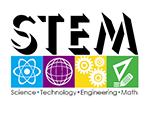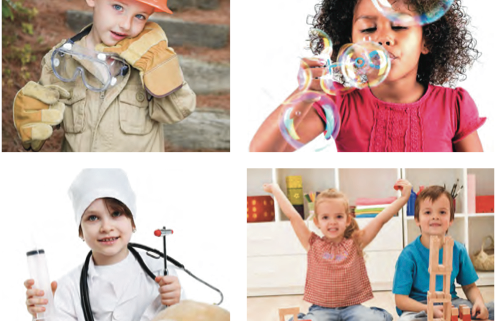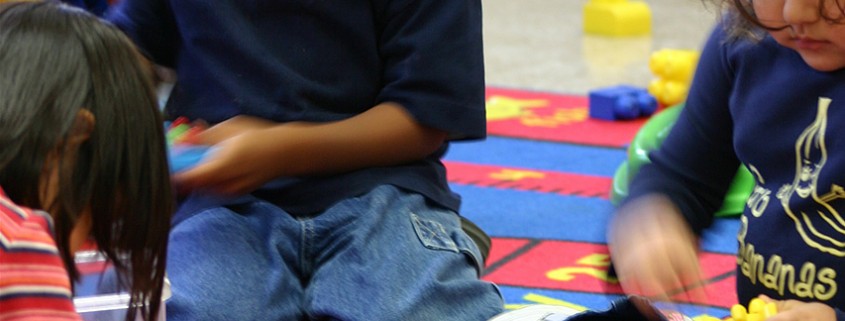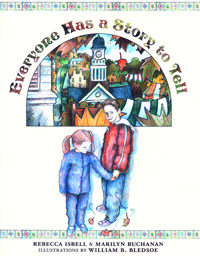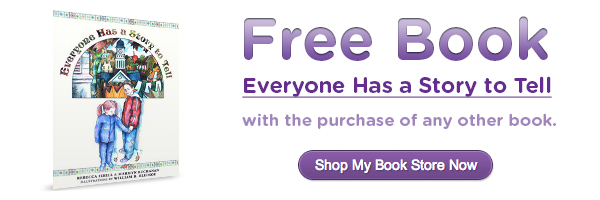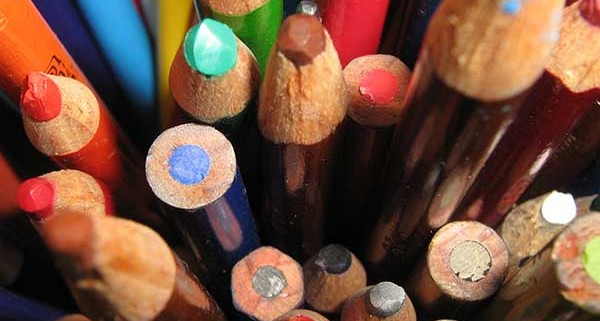- You can make everything perfect. This is not even possible—things happen. The turkey gets too done, the sweater is too small, more relatives show up than you expected, and the oven explodes.
- More is better. More food, more decorations, more presents, more relatives. Perhaps a better goal to work toward is “Good enough”. Example of 3 year old, after open way too many presents ask, “Is this all?”
- The best present can be bought. In a survey of 24-40 year olds they were asked “What Christmas presents they remembered from their childhood?” A few could remember one specific present—but not their age or year. One of the most frequently mentioned was writing letters to Santa, and the special people who were at the celebration.
- Christmas is a specific day! Personal story—- My two grand families in Mississippi lived 250 miles apart. It was impossible to visit both families on Christmas Day. One grandmother demanded that all four of her children, and their families, be at her house at noon on Christmas day for dinner and tree. The other grandmother said, “Christmas is when you are here with me”. Which one do you want to be?
- No one will know how tired I am. If you are too tired to enjoy Christmas—others won’t enjoy it either. You feelings, attitudes, and stress affect everyone. Take deep breaths and repeat after me “It is good enough!”
- The most expensive gift will be the “loved” the most. We all have watched the young child playing in the empty box and wrapping paper while the expensive item is sitting under the tree unnoticed.
- The best toys are the one that does the most. Actually the opposite is true-we want the child to do the most and the toy to respond. Example the cow that gave milk. Positive example magnetic bocks that can be anything—-the creative child determine what it will become. Another example of Legos.
- Traditions and Rituals are not important. One of the reasons holidays may be difficult for married couples is their different beliefs about these traditions. When do we have the opening of the presents? When do we have dinner? What do we eat?
- Christmas is only about our family. What about other people in the world or helping those less fortunate than you. These experiences of giving put everything in perspective—- what really is important? They provide examples to emulate with our children, grandchildren and friends.
Poem
Twenty five Christmas from now
It will not matter what we had for our holiday meal,
What kind of table we set
What kind of presents we gave
How much money we spent?
Or what our clothes looked like
But the world will be a better place because………
You were important in the lives of children.
*This poem was rewording from an excerpt from “Within my power” by Forest Witcraft.
